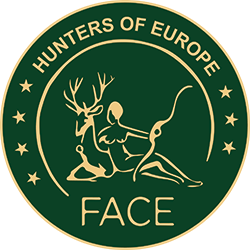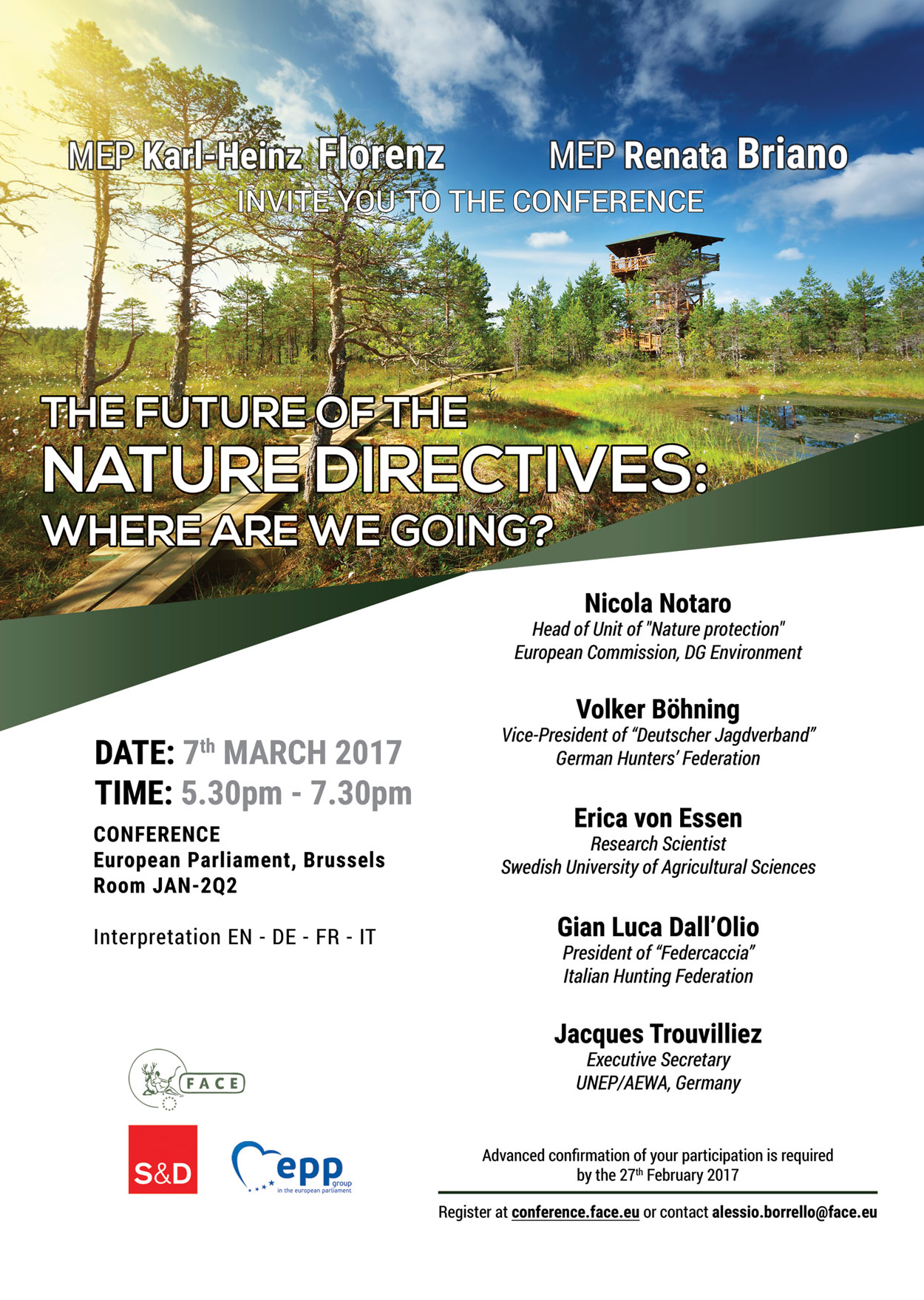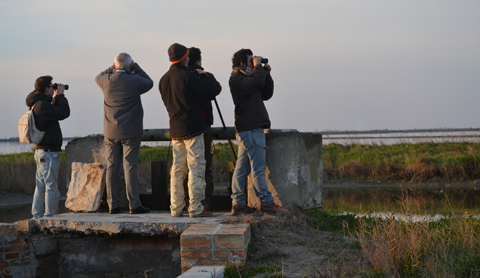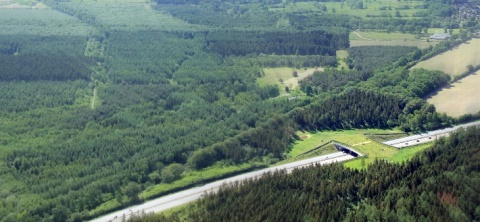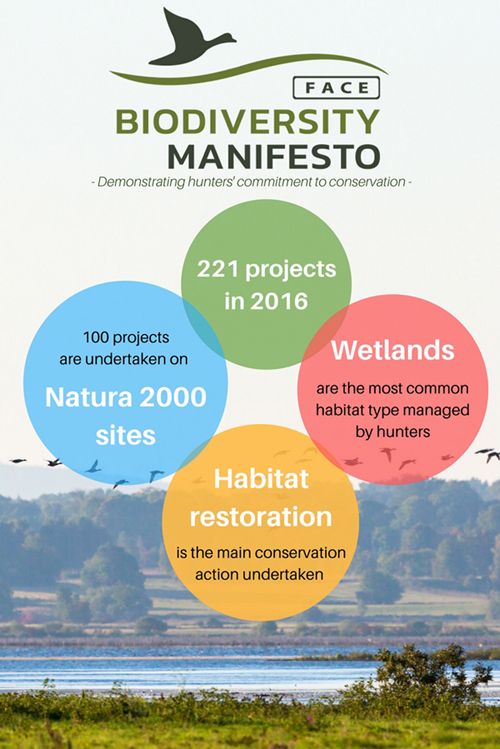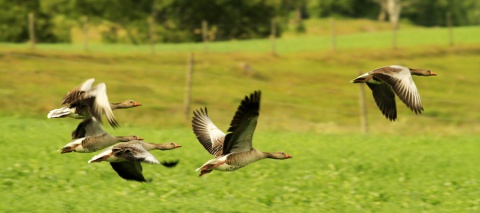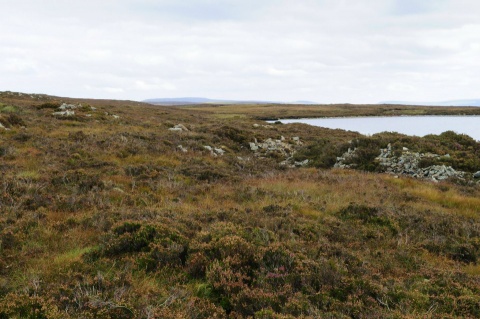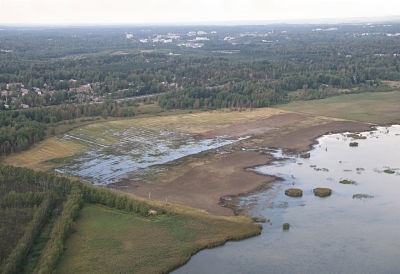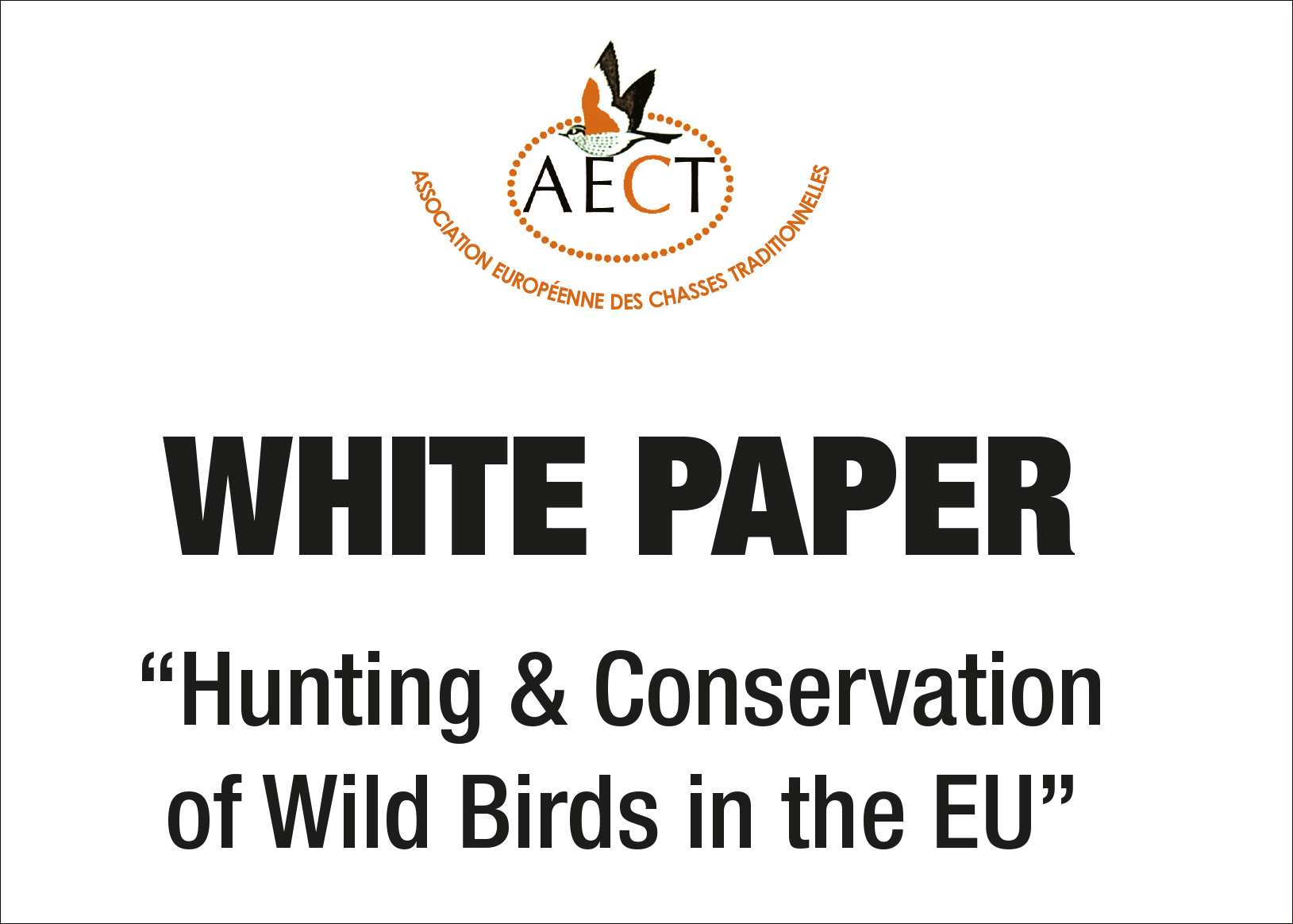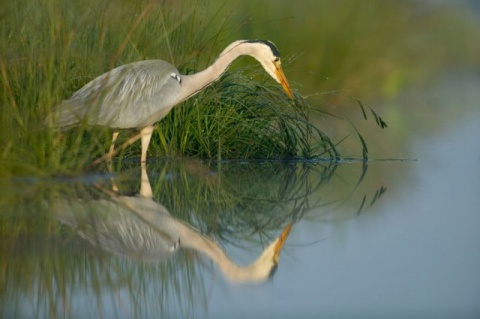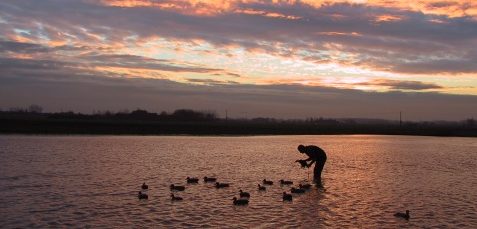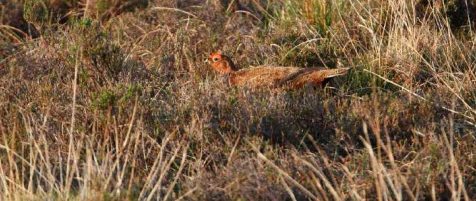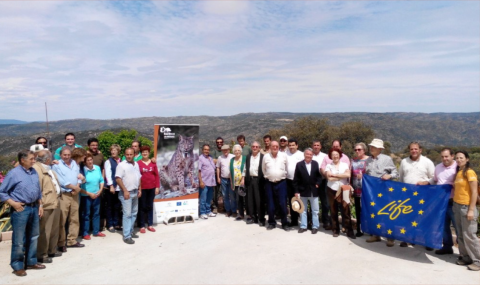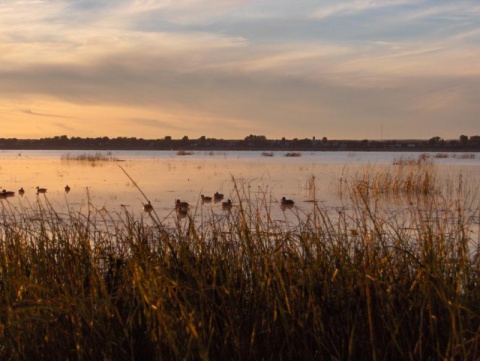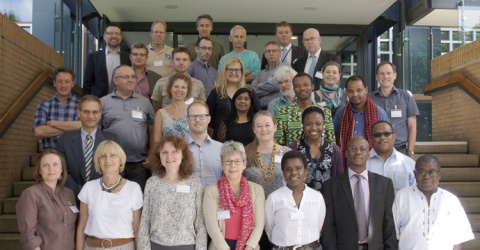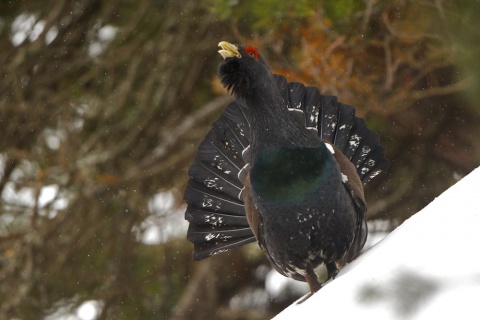THE FUTURE OF THE NATURE DIRECTIVES: WHERE ARE WE GOING? CONFERENCE – 7 MARCH 2017, EUROPEAN PARLIAMENT, BRUSSELS
The conference, organized by MEP Karl-Heinz Florenz, President of the Hunting Intergroup and MEP Renata Briano, Vice-President, in cooperation with FACE, will take place on 7th March 2017 at the European Parliament in Brussels. On the 7 December 2016, the European Commissioner for Environment, Karmenu Vella, confirmed the next steps of the Fitness Check of the Birds and Habitats Directives: the European Commission will develop an implementation Action Plan to improve implementation of the Birds and Habitats Directives. This Action Plan...
